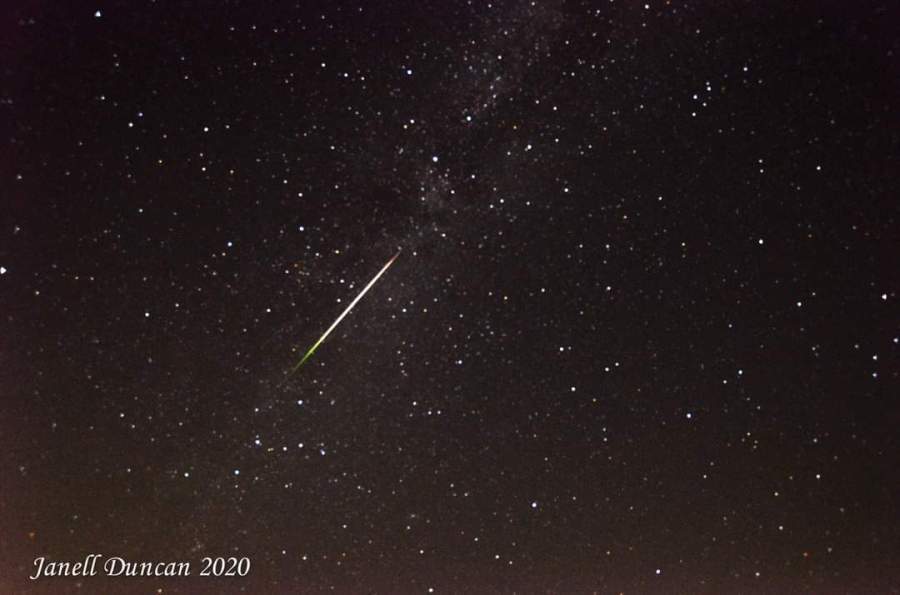(KXAN) — What NASA calls the best meteor shower of the year is peaking this weekend.
The Perseid meteor shower can produce up to 100 meteors per hour, giving you an excellent shot at witnessing the celestial event.
The Perseids occur every year between mid-July and late-August. At this time, the Earth passes through the remnants of the Swift-Tuttle comet.
During this year’s meteor shower, the moon will be in its first quarter, with about half of it lit up.
However, just before midnight the moon will drop below the horizon. This will provide excellent viewing opportunities for stargazers.
How do meteors form?
Meteors are not actual shooting stars. They’re made of tiny particles of dust left behind by a comet passing through our solar system.
How small are they? Each particle of dust is around 0.1 millimeters up to a few centimeters in size.
As they enter our atmosphere, they travel at around 40 miles per second. They quickly burn up and rarely reach the ground.
Where should you look to see the Perseid meteor shower?
Named for their apparent origin, the meteor shower appears to come from the Perseus constellation. This is called the radiant of the meteor shower.
The higher the radiant above the horizon, the more meteor showers we will see. This year, Perseus is to our northeast, high above the horizon, but not quite directly above us.

The best time to see the meteor shower is just before dawn when the sky is still dark. This is when Perseus will reach its highest point in the sky.
The meteor shower can be seen in the Northern and Southern hemispheres but is easier to spot in the Northern.
According to NASA, the Perseids also bring the chance of “fireballs”. These are large explosions of light that last longer than a typical meteor streak. They are also brighter than a traditional meteor.
History of the Perseid meteor shower
The Swift-Tuttle comet, which formed the Perseids, was discovered 1862 by Lewis Swift and Horace Tuttle. According to NASA, the comet orbits our sun every 133 years.
Giovanni Schiaparelli discovered that the comet caused the Perseids in 1865. The last time the comet visited our solar system was in 1992.
